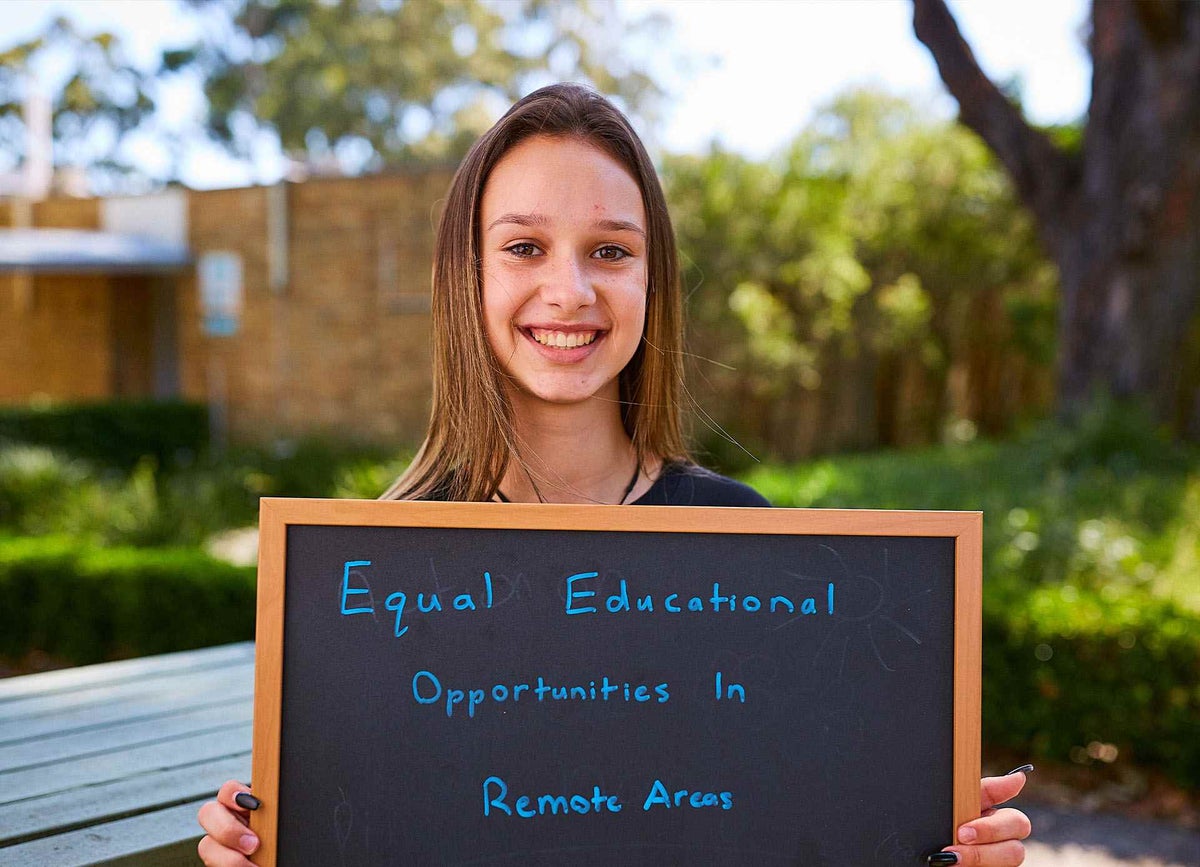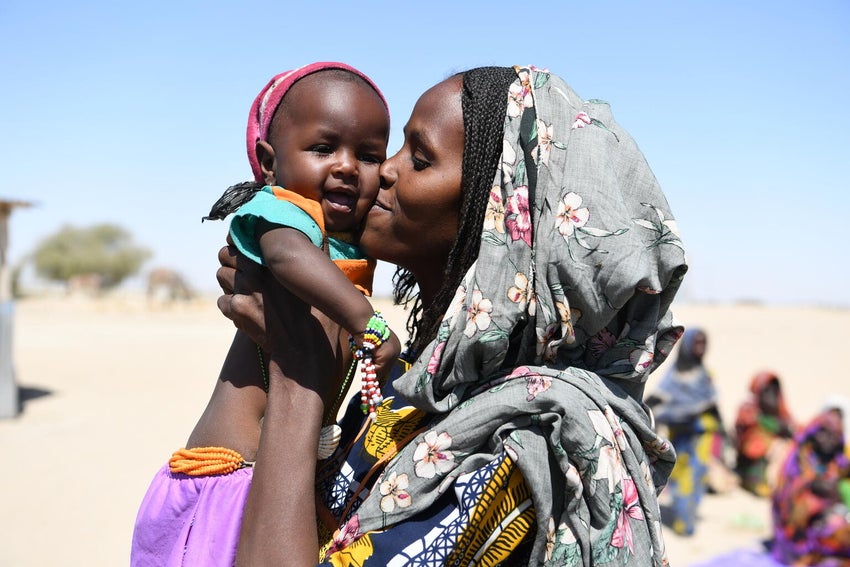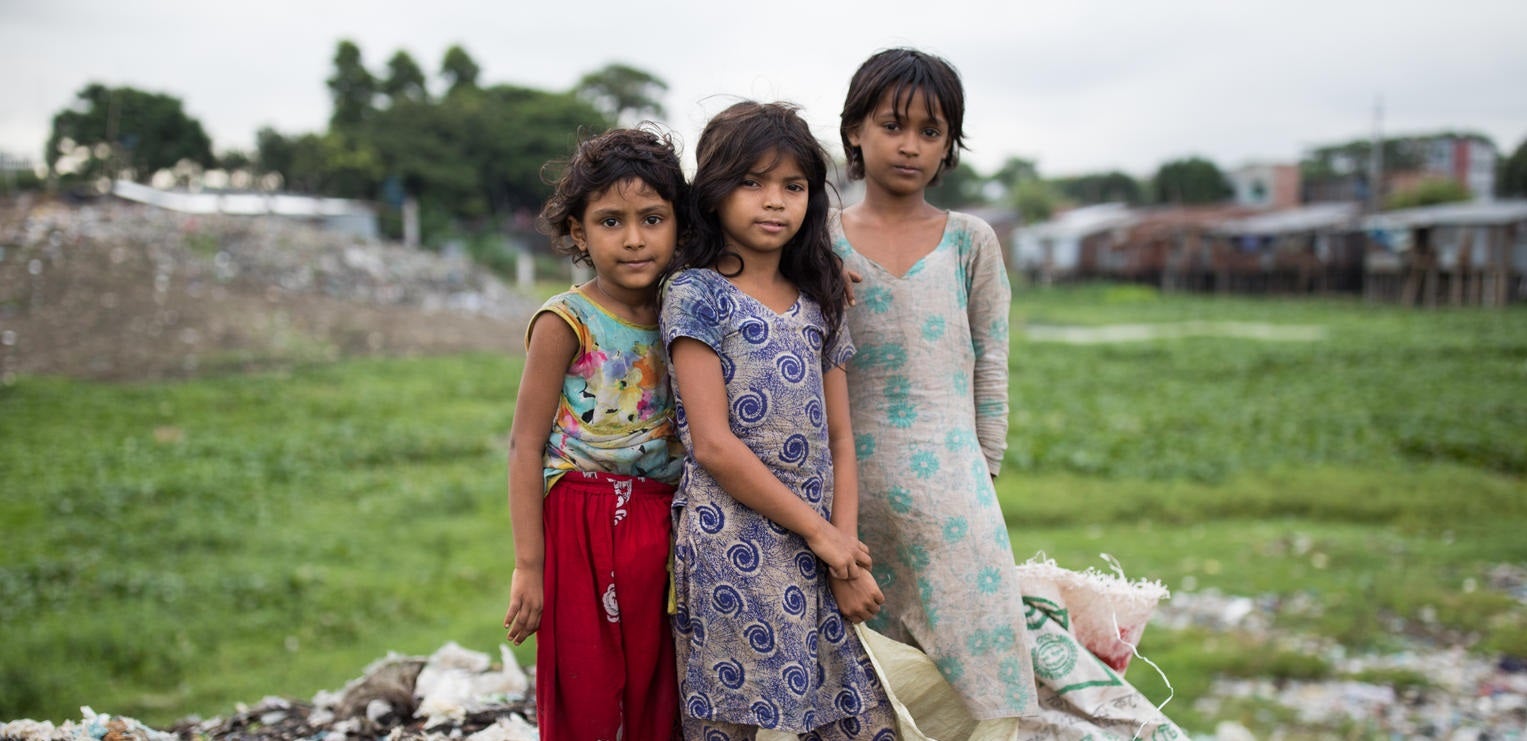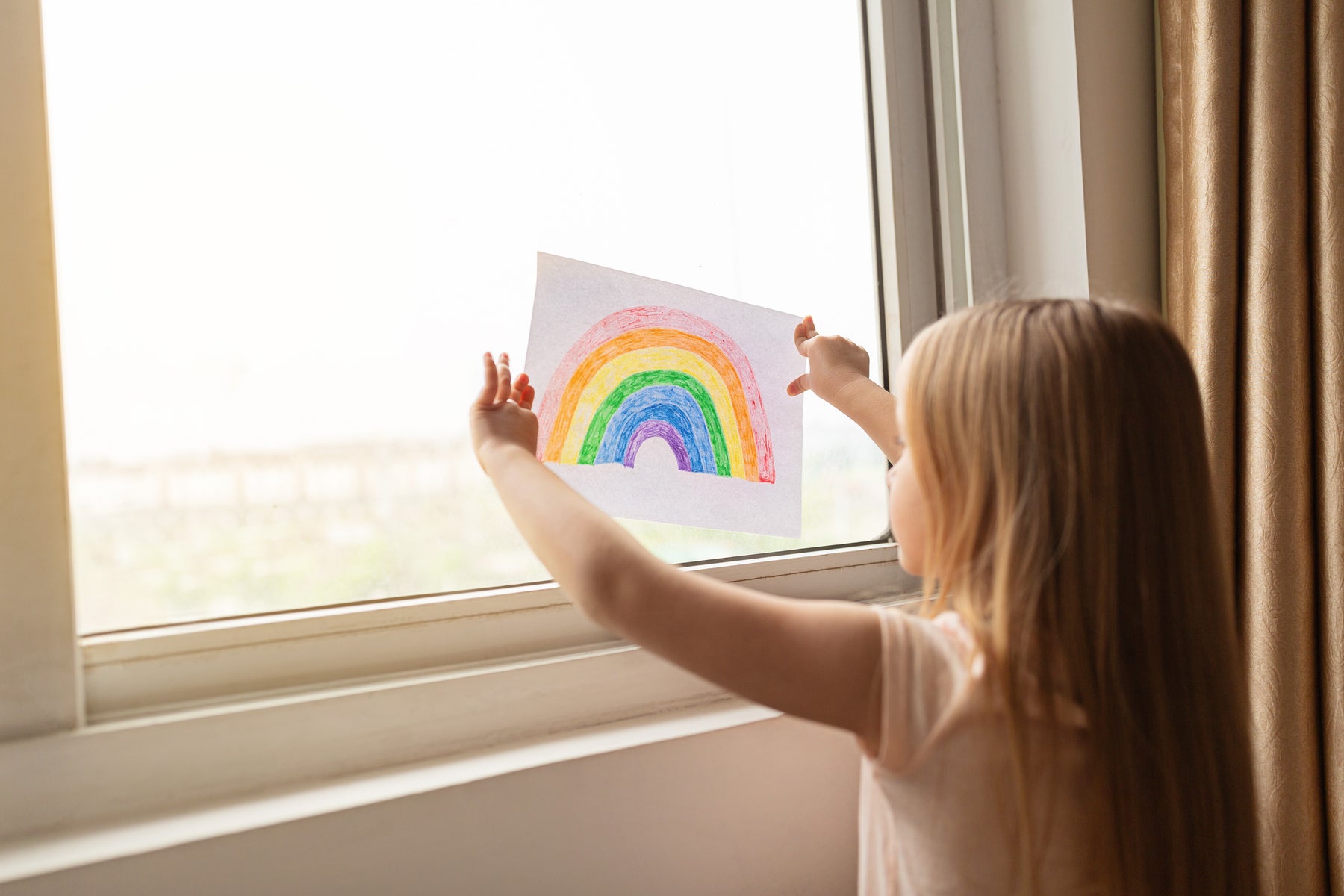Where does Australia stand today?
The Children’s Wellbeing Index uses data to tell the story of all of Australia’s children. That story tells us that while most children are doing well, this is not the case for all. Many children in Australia are happy, healthy, learning and thriving. But this is not the story for every child or young person. Stagnant poverty, increasing mental health concerns, and disparities for First Nations children continue to persist. The COVID-19 pandemic has also both exposed and worsened the divisions that already existed between the children who do well, and the ones who don’t. We want to re-write the story and make Australia an even better place to grow up.
The Australian Children’s Wellbeing Index by UNICEF Australia and ARACY helps us to understand and improve the lives of children and young people in Australia. It tells us what we need to do now and into the future to make sure every child is loved, safe, educated, participating, healthy and has a positive sense of identity and culture.
Over time we will be able to see clearly where we are making progress and where progress is stagnating. The Index can and should focus our attention and provides an important accountability tool for all of government.
READ THE REPORTWhat Australia is doing well
4 in 5
More than 4 in every 5 children attend preschool.
4 in 5
About 4 in every 5 young people report feeling able to have a say among family and friends on important issues.
91
91 per cent of children are fully immunised at age 2.
What Australia needs to improve
1 in 6
About 1 in 6 children live below the national poverty line.
7 in 125
7 in 125 Aboriginal and Torres Strait Islander children are in out of home care.
95%
Almost 95 per cent of children do not meet the daily recommended intake of vegetables.
We need to do better for all our children and young people.
The Australian Children’s Wellbeing Index is a framework to
- show what life is like for children and young people aged 0 to 24 in Australia.
- track progress on children’s rights and wellbeing.
- influence decision-makers to make Australia an even better place to grow up.

How we built the index
The Australian Children’s Wellbeing Index is built on UNICEF Children’s Goals and the Nest, Australia’s evidence-based framework for child and youth wellbeing.
UNICEF Children’s Goals is based on the United Nations Convention on the Rights of the Child:
- Every child survives and thrives
- Every child has a fair chance in life
- Every child is protected from violence and exploitation
- Every child lives in a clean and safe environment
- Every child learns
The Nest presents holistic wellbeing as six interdependent domains. A child or young person needs to be doing well in all six domains in order to thrive.
- Valued, Loved and Safe – children have trusting relationships with family and friends.
- Material Basics – children live in suitable housing with appropriate clothing, nutritious food, clean water and clean air.
- Healthy – children have their physical, mental, and emotional health needs met.
- Learning – children and young people learn through a variety of experiences within the classroom, the home and the community in which they live.
- Participating – children and young people having a voice, are listened to and have a say in decisions that impact them.
- Positive Sense of Identity and Culture – children feel safe and support to express their identify and have a sense of belonging.
Ways you can use the Australian Children’s Wellbeing Index
- Focus on what matters most for children and young people in Australia.
- Design solutions - policies, investments, programs and practices that address our greatest challenges - and measure their impacts.
- Advocate for children – influence decision-makers to make Australia an even better places to grow up.
- Set bolder goals at the community, regional and national level for children.
- Take action and track progress toward commitments including the 2030 Sustainable Development Goals.
- Do all of this with the participation from children and young people.

Subscribe and stay connected
Get the latest updates, inspiring stories, and ways to get involved, delivered straight to your inbox.
When you subscribe to UNICEF Australia’s email, you’ll learn how we’re making a difference in the lives of children, here in the Asia Pacific and around the world. From emergency relief to long-term development programs, UNICEF is there for every child when they need it most.






